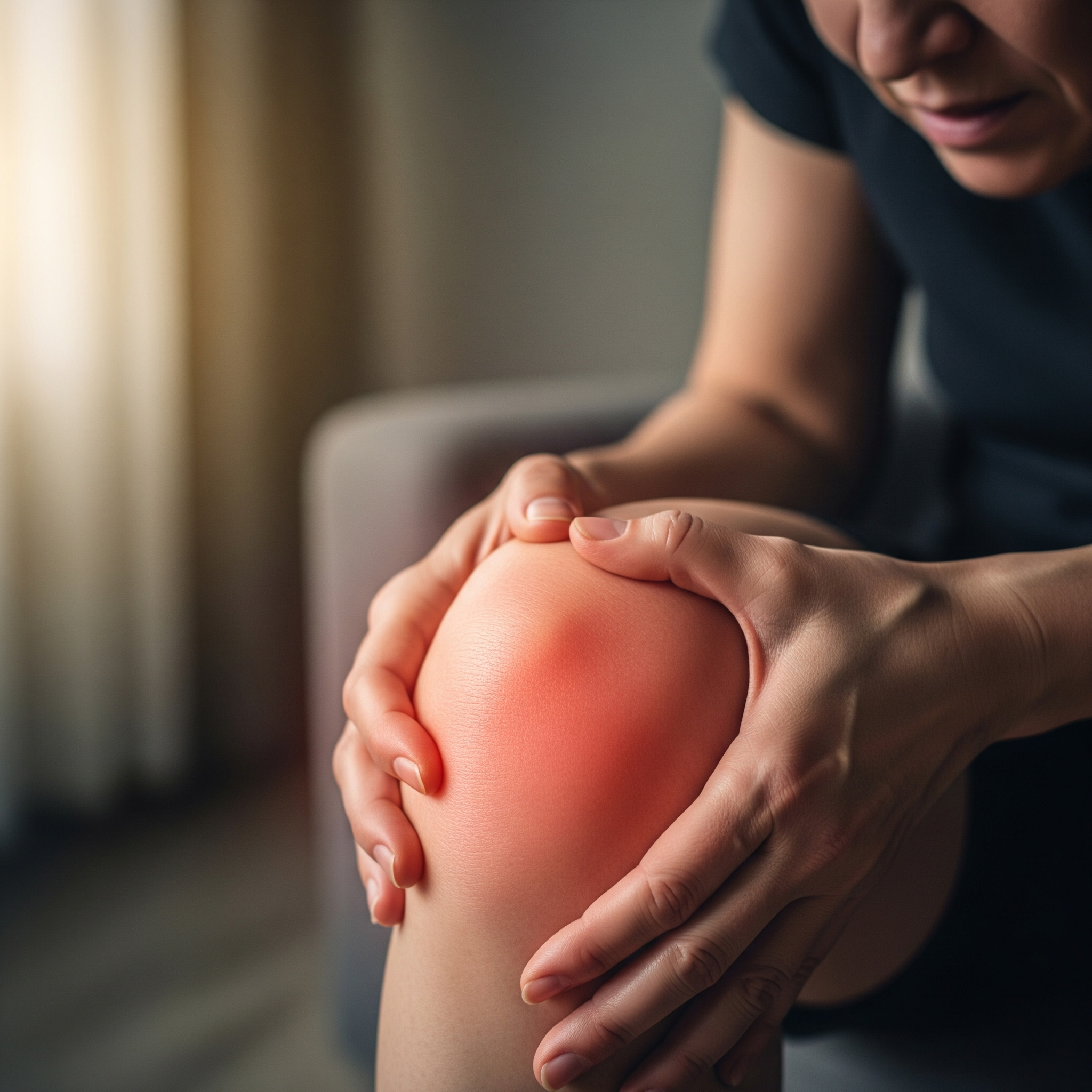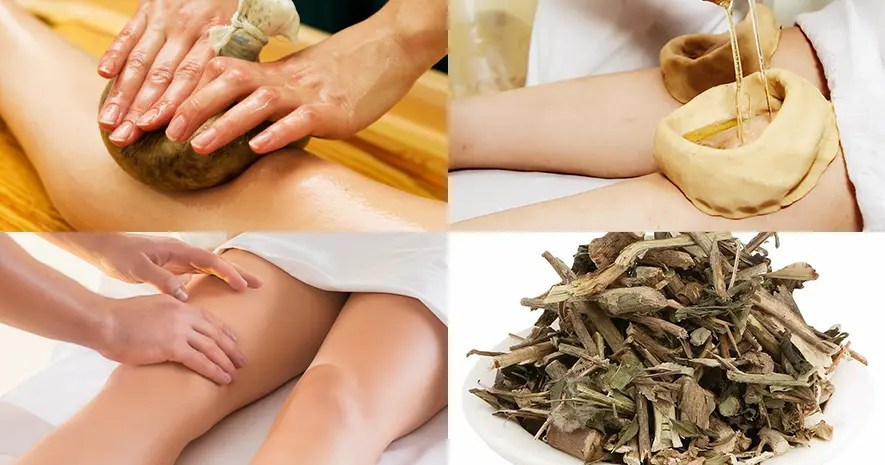Ayurvedic Medical Department
July 29, 2025Digestive Health
August 5, 2025Joint Pain & Arthritis
Joint Pain & Arthritis: An Ayurvedic Perspective

joint pain and arthritis are among the most common ailments affecting people across all age groups, especially in today’s sedentary and stress-driven lifestyle. Ayurveda, the ancient science of life and healing, offers time-tested remedies and holistic management strategies for musculoskeletal conditions, focusing on the root cause rather than just suppressing symptoms.
At Dr. Nischal Sharma’s Panchakarma & Ayurveda Centre, we combine classical Ayurvedic wisdom with modern diagnostic understanding to provide effective and personalized treatment for joint pain, osteoarthritis, rheumatoid arthritis, gout, and other degenerative disorders.
According to Ayurveda, joint-related disorders are primarily classified under the broad category of "Sandhivata" (osteoarthritis), "Aamavata" (rheumatoid arthritis), "Vatarakta" (gout), and "Gridhrasi" (sciatica).
These disorders are caused by:
-
Aggravation of Vata Dosha
-
Accumulation of Ama (toxins) due to poor digestion
-
Lack of proper exercise and unhealthy diet
-
Age-related degeneration of tissues (Dhatu Kshaya)
Ayurveda views arthritis not merely as an inflammation of the joints but as a systemic imbalance that requires correction at physical, metabolic, and lifestyle levels.

Ayurvedic Diagnosis Process

Customized Ayurvedic Treatment for Joint Pain & Arthritis

-
Internal Ayurvedic Medications:
-
Rasnasaptakam Kashayam
-
Yograj Guggulu
-
Maharasnadi Kwath
-
Simhanada Guggulu
-
- Anti-inflammatory Herbs:
-
-
Shallaki (Boswellia serrata)
-
Guggulu (Commiphora mukul)
-
Ashwagandha
-
Nirgundi
-
- At Dr. Nischal Sharma’s Panchakarma & Ayurveda Centre, we prescribe time-tested classical formulations such as Rasnasaptakam Kashayam, Yograj Guggulu, Maharasnadi Kwath, and Simhanada Guggulu that work synergistically to reduce inflammation, improve joint mobility, and relieve chronic pain.
Panchakarma Therapies for Joint Disorders
-
Abhyanga: Therapeutic full-body oil massage
Enhances circulation, relaxes muscles, and nourishes skin while balancing Vata and promoting overall rejuvenation. -
Swedana: Herbal steam therapy for toxin elimination
Induces sweating to open pores, flush out toxins (Ama), and relieve stiffness, heaviness, and joint pain. -
Basti: Medicated enema to cleanse Vata from the colon
Regarded as the most effective therapy for chronic arthritis, it strengthens digestion and lubricates joints internally. -
Patra Pinda Sweda: Herbal leaf bundle massage
Combines heat and herbal action to reduce inflammation, swelling, and stiffness in joints and muscles. -
Kati Basti & Janu Basti: Localized oil pooling therapy on back or knees
Soothes deep-seated pain, strengthens joint structure, and provides lasting relief from degenerative conditions.
Diet & Lifestyle Recommendations
- Avoid: Cold, dry, stale, processed, and oily foods
-
Include: Warm, cooked, easy-to-digest meals (soups, khichdi, herbal teas)
-
Routine: Regular sleep, consistent meal times, minimal screen exposure
-
Avoid: Overexertion, cold exposure, long hours sitting idle
Yoga & Physiotherapy Support
-
Yoga Asanas: Trikonasana, Vrikshasana, Bhujangasana (for flexibility & strength)
-
Pranayama: Anulom Vilom, Bhramari (for relaxation & pain management)
-
Mild Exercises: Joint-friendly physiotherapy stretches & strengthening movements
-
Goal: Improve circulation, reduce stiffness, and support long-term mobility
Preventive Tips for Joint Health – The Ayurvedic Way
Maintaining joint health is not just about avoiding pain—it's about building resilience, flexibility, and strength through conscious lifestyle choices. Ayurveda emphasizes daily routines, dietary balance, and body awareness as the foundation for lifelong joint wellness. Here are holistic, effective, and practical Ayurvedic tips to protect your joints and prevent arthritis or related disorders:

1. Maintain Optimal Body Weight
Excess weight puts unnecessary stress on weight-bearing joints such as knees, hips, and lower back. Over time, this can accelerate cartilage breakdown and lead to degenerative joint diseases. Ayurveda suggests balancing Kapha dosha through light, warm, and easily digestible foods and regular physical activity to maintain healthy weight and joint function.
2. Include Anti-inflammatory Herbs in Your Diet
Natural anti-inflammatory herbs like Turmeric (Haridra), Ginger (Shunthi), Ashwagandha, Shallaki, and Guggulu help reduce inflammation, nourish joints, and enhance immunity. These can be consumed in the form of herbal teas, decoctions (Kashayams), or as part of Ayurvedic formulations under expert guidance.
3. Practice Regular Warm Oil Massages (Abhyanga)
Daily or weekly Abhyanga using warm sesame oil or specially medicated oils like Mahanarayan Tailam strengthens the joints, nourishes tissues, and improves circulation. The oil penetrates deep into tissues, pacifying Vata dosha—the main culprit behind joint stiffness and degeneration. This self-care ritual is particularly important during seasonal transitions and colder months.
4. Avoid Cold, Fermented, and Incompatible Foods
From an Ayurvedic perspective, such foods can lead to the formation of Ama (undigested toxins) which accumulate in the joints, causing inflammation and stiffness. Instead, choose freshly prepared, warm, and lightly spiced meals. Avoid incompatible food combinations like curd with fruits, milk with salt, or fish with dairy, as they aggravate metabolism and joint health.
5. Practice Gentle Yoga and Stretching in the Morning
Early morning Sookshma Vyayama (subtle yogic exercises) and asana practices like Tadasana, Bhujangasana, Vrikshasana, and Trikonasana keep joints mobile and flexible. These postures improve circulation, reduce stiffness, and support synovial fluid production in joints. Even 15-20 minutes of regular movement can prevent joint deterioration and increase vitality.
6. Stay Well-Hydrated and Get Adequate Rest
Hydration is essential for maintaining the lubrication of joints and flushing out toxins. Drink warm water throughout the day to aid digestion and Ama clearance. Likewise, ensure 7–8 hours of quality sleep each night—this is the body’s natural repair time when tissues regenerate and inflammation subsides.
7. Seasonal Panchakarma Detoxification
As a proactive approach, consider Panchakarma therapies like Basti (medicated enema) or Virechana (purgation) under supervision. These cleanse accumulated toxins and restore doshic balance, which plays a preventive role in chronic joint ailments.
8. Avoid Long Periods of Inactivity
Sitting or standing in the same posture for prolonged hours can cause joint stiffness and hamper circulation. Take frequent breaks to stretch, walk, or perform simple joint rotations, especially if you have a sedentary job.
9. Strengthen Digestion (Agni)
A strong digestive fire ensures complete metabolism and prevents Ama formation. Include digestive herbs like Trikatu, Jeera (cumin), and Ajwain in your meals. Avoid overeating or eating before the previous meal is digested.
10. Stay Emotionally Balanced
Stress, anxiety, and emotional imbalances can worsen Vata and lead to psychosomatic manifestations like joint pain or fatigue. Daily practices like meditation, Pranayama (breathwork), and mindful relaxation promote emotional well-being and balance all three doshas.

